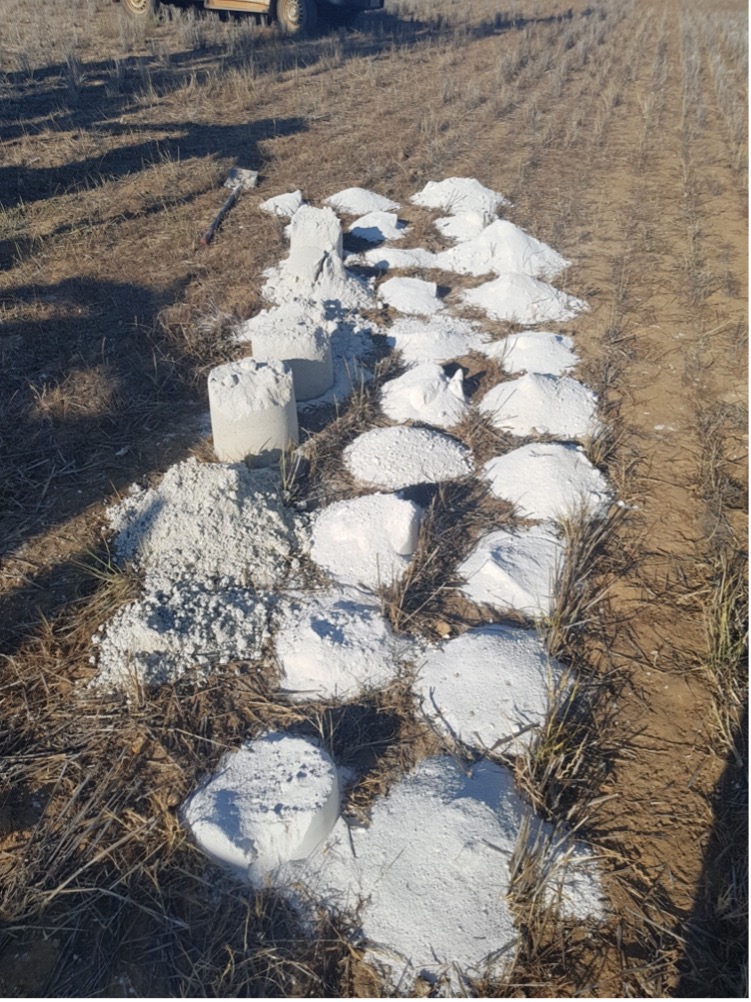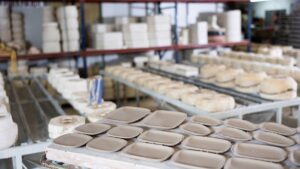Why a new kaolin RTO might be taking flight at just the right time

Pic: metamorworks / iStock / Getty Images Plus via Getty Images
It’s fair to say kaolin is one of those under-the-radar type minerals. For a long time, the white clay’s contribution to consumer goods has far exceeded the noise around it.
Recently things have started to shift, and investors have sat up and taken notice. Kaolin’s use in its DSO form as a clay is long established – think paper, rubber, paint, ceramics, fibreglass, cosmetics, pharmaceuticals and cars.
It’s a market expected to grow considerably over the next few years on the back of environmental constraints and the exhaustion of premium production abroad.
For the scientists among us, kaolin’s chemical compound is Al2Si2O5(OH)4. For those among us who failed Year 10 science (guilty), that means it contains aluminium.
There is huge potential for kaolin be converted by processing from its natural clay form into high-purity alumina (HPA) – a product used in the sorts of high-tech applications that are currently taking the resources world by storm.
HPA can be found in products like lithium-ion batteries, LED bulbs, electronic displays, and sophisticated automotive and medical applications.
CRU Consulting has forecast that HPA demand could climb from 30,000 tonnes per annum this year to 272,000tpa by 2028. That is SOME increase.
Whether your intention is to direct ship, process into HPA or do something in the middle, it seems like a pretty good time to be coming on board with a kaolin project or three.
Through an upcoming reverse takeover of Sinetech Limited (ASX:STC), soon to be listed Corella Resources (to be ASX:CR9) will do just that.
Bringing to market a series of tenements pegged by proposed managing director Anthony Cormack in 2018 via the privately owned HPAA Pty Ltd, Corella intends to enter the market with a trio of Western Australian shallow, free-dig kaolin projects – Tampu, Wiltshire and Kalannie – as well as the Bonnie Rock silica project.
It’s in the business of kaolin, and the company believes the purity of its assets is what sets it apart from other players in the space.
“Corella’s tenements were pegged with one criteria as the focus – the highest purity possible,” a spokesperson for the company said.
“Assay results and preliminary metallurgical testwork from reverse circulation drilling at Tampu in 2019 confirms the kaolin as being of extremely high purity.”
Tampu will be the company’s flagship asset, comprising a tenement package in excess of 165km2 of land and containing significant volumes of bright white kaolin, shown by recent drill results as well as those from two historical campaigns.

Resource and metallurgical drilling will take place here in the current quarter, with a maiden resource estimate and metallurgical test work results scheduled for the second half of the year.
Marketing of bulk metallurgical results and further testwork by potential offtake partners is also expected to take place.

At Wilshire and Kalannie, the company has two further projects where historical assay results demonstrate high purity kaolin.
Why kaolin purity matters
Unsurprisingly, the importance of kaolin purity is linked to the ease of processing the commodity for other purposes. Like HPA.
The HPA market itself is categorised into different level of purity. Purity is measured in nines – literally because of all the nines in the number 99.9%. So that translates to 3N purity, 99.99% means 4N purity and 99.999% equals 5N purity. Maths…
The higher purity your kaolin, the less processing you need to get your output HPA to a 4N or 5N level. You want those levels, because 4N and 5N are the sorts of purities required to meet the HPA needs of emerging tech spaces. And with that comes serious price premiums.
In this instance, Corella hopes to hit the ground running with a business targeting the existing industrial DSO market – paper, fibreglass, pigments and cements – before looking down the track at a HPA feedstock opportunity.
“We’re entering a multi-pronged market, with a commodity which with the right purity levels is directly linked to the electrification revolution underway around the globe,” the spokesperson said.
“We believe we have the right purity levels.”
Corella raised $5 million on the back of a 2c-per-share prospectus raise, and expects to list on Wednesday with an enterprise value of $3.5 million.
On launching, the company will join a small but active list of small cap kaolin plays plying their trade on the ASX – more information on the space can be found here.
Related Topics
UNLOCK INSIGHTS
Discover the untold stories of emerging ASX stocks.
Daily news and expert analysis, it's free to subscribe.
By proceeding, you confirm you understand that we handle personal information in accordance with our Privacy Policy.








